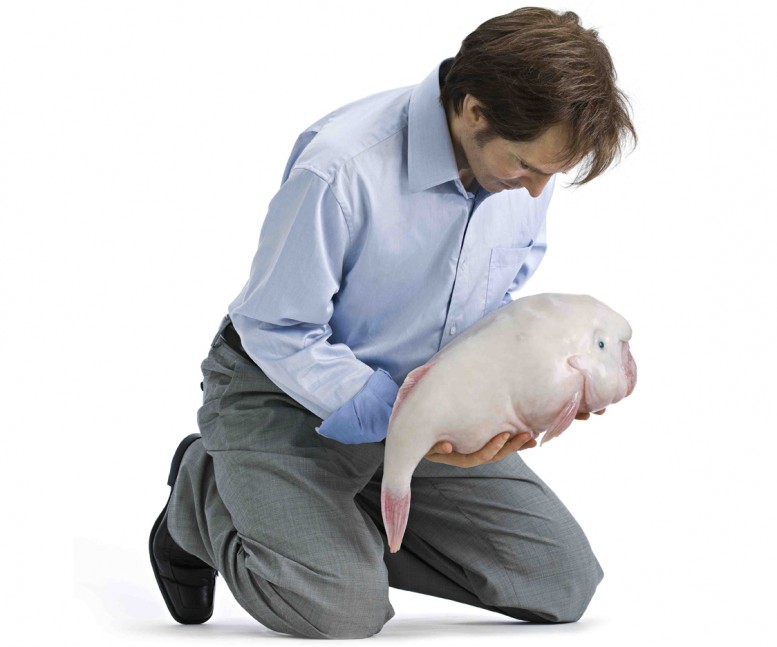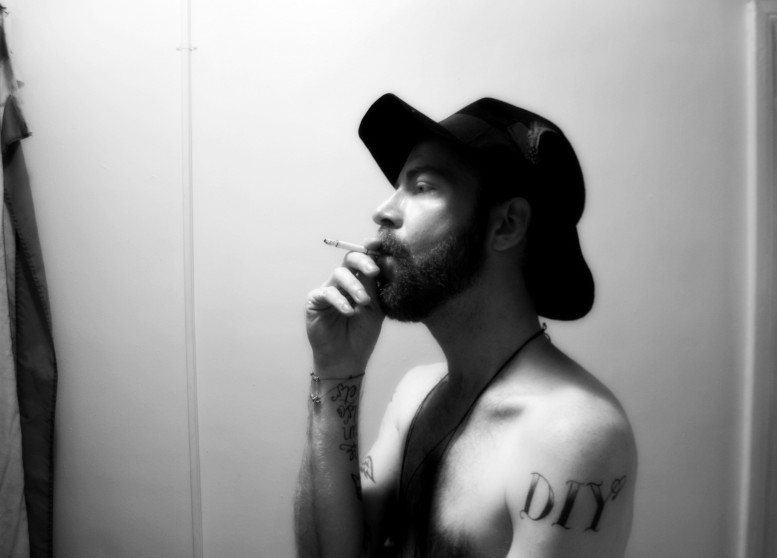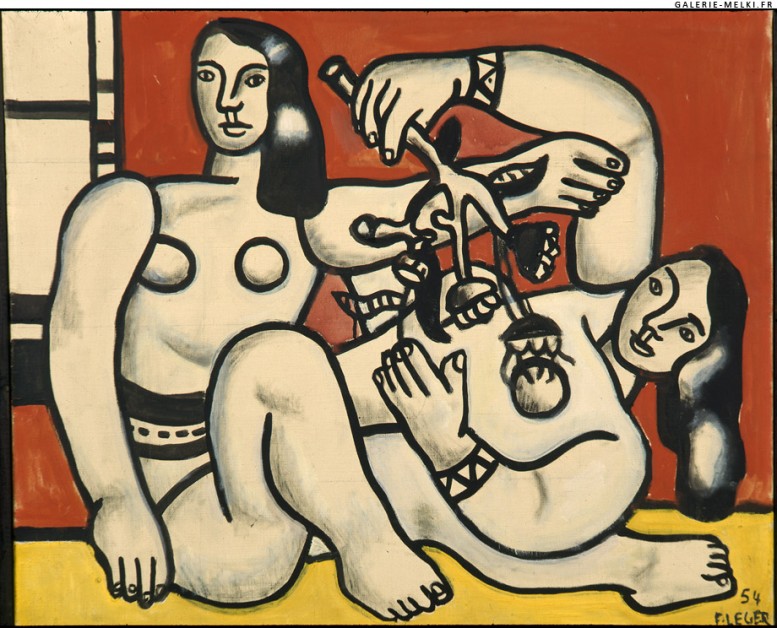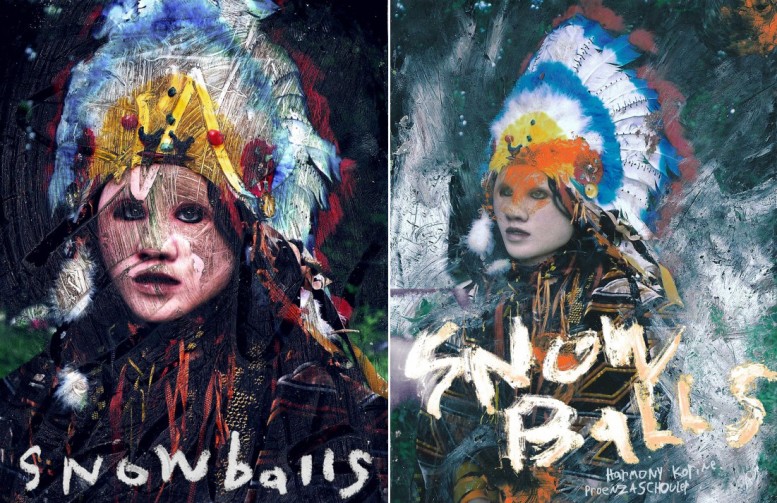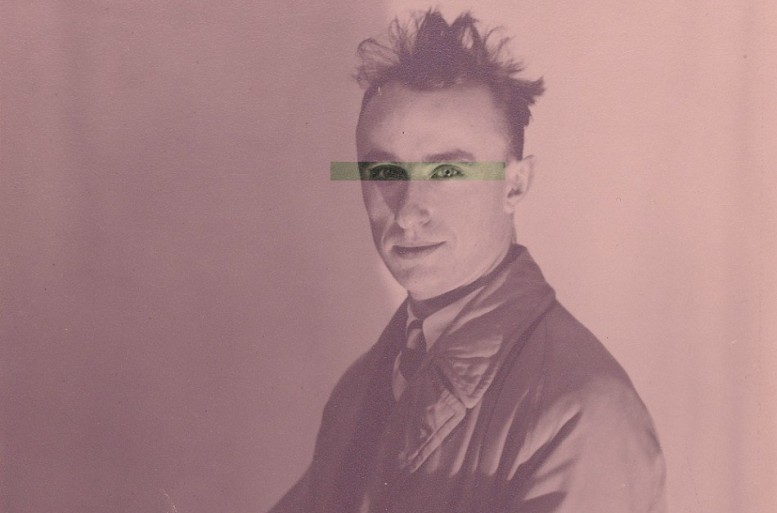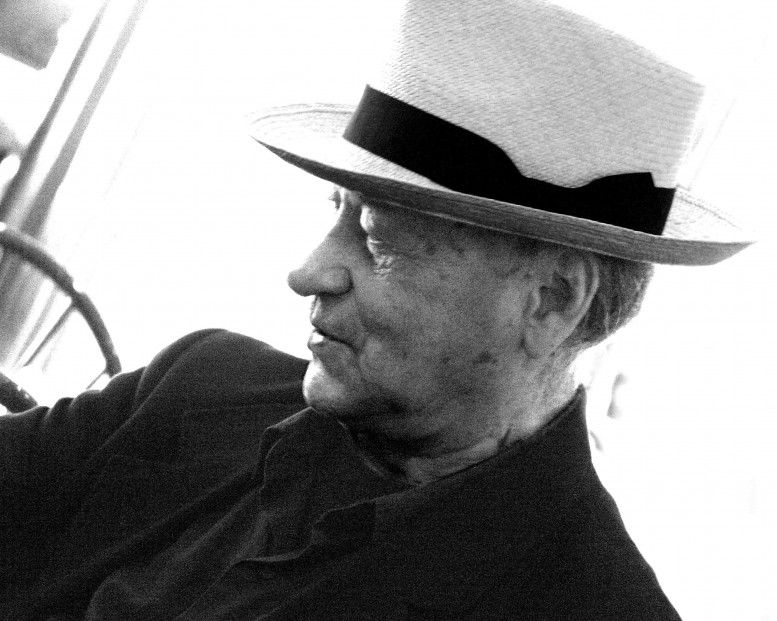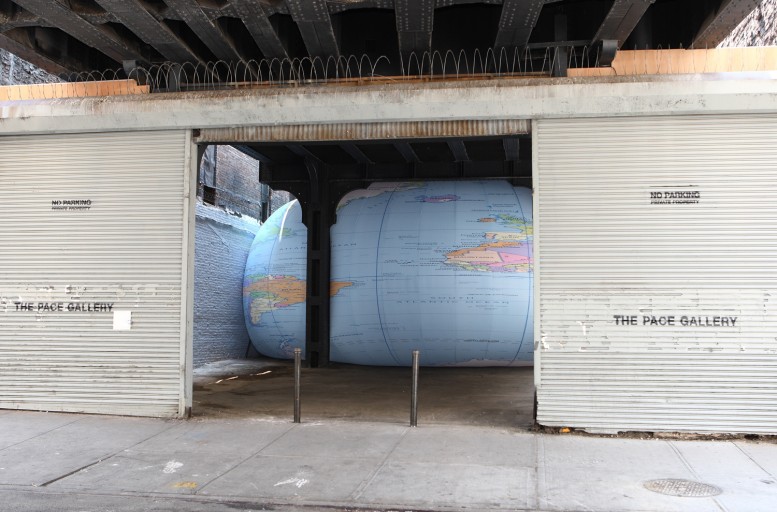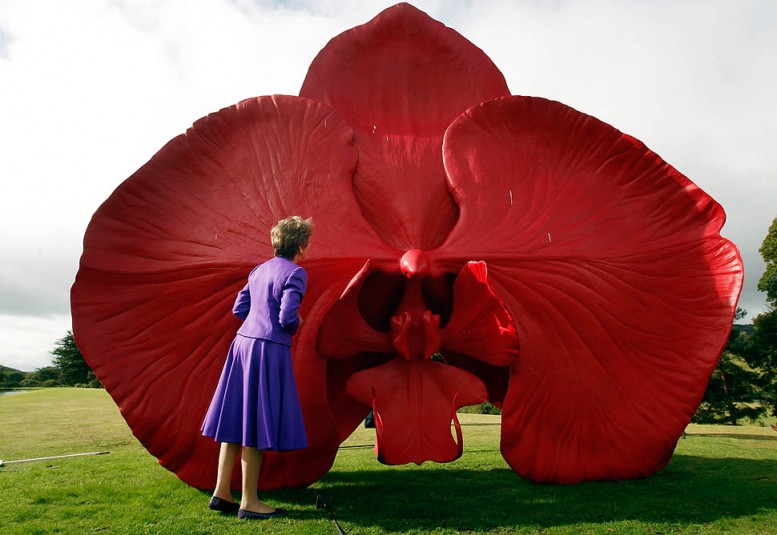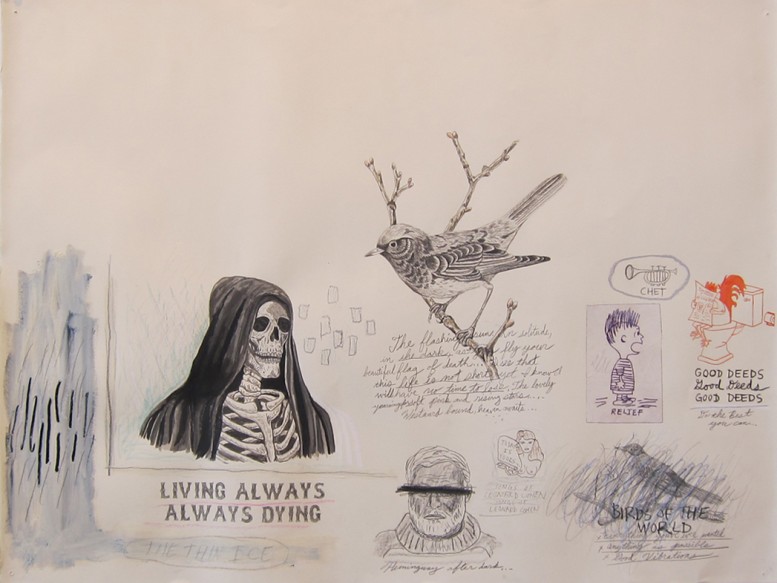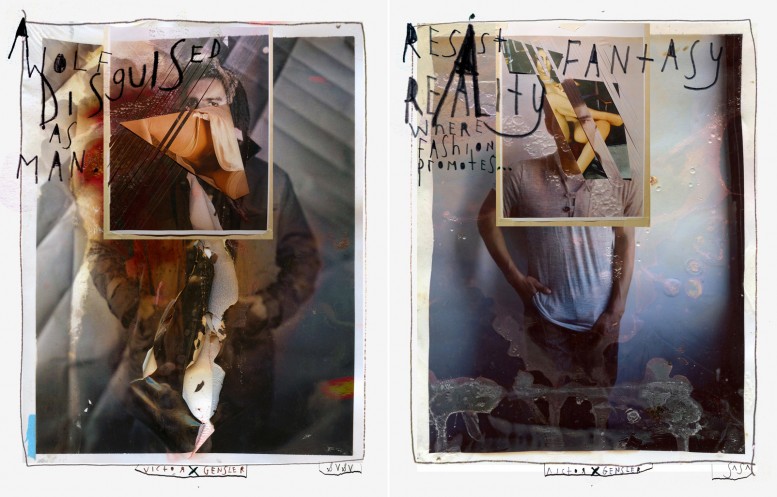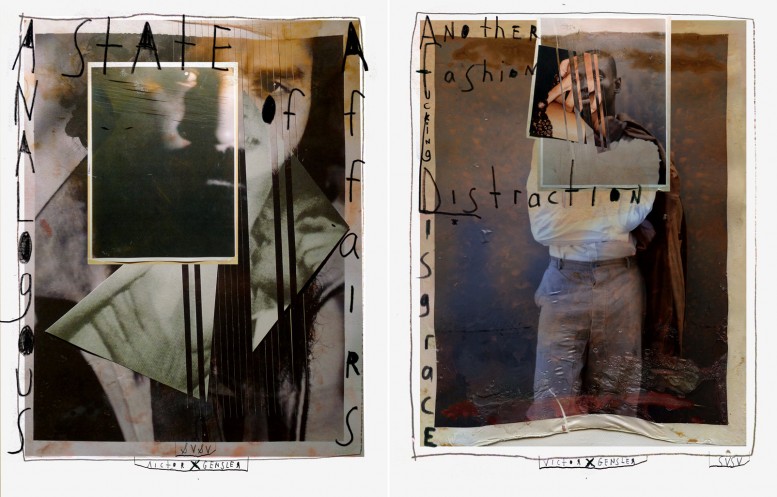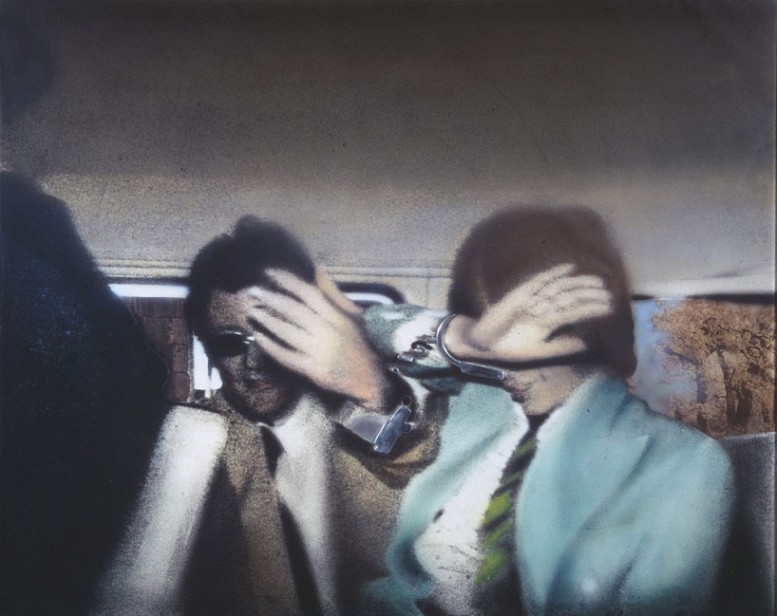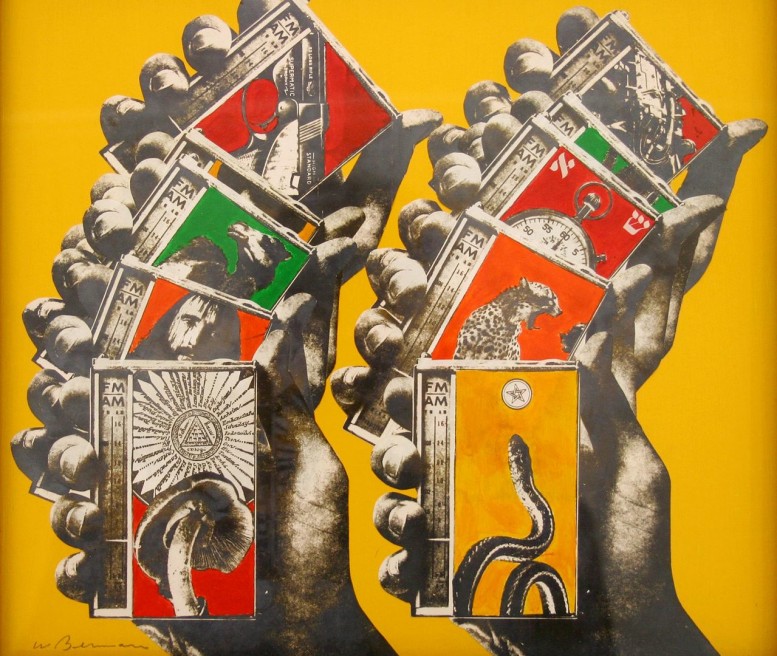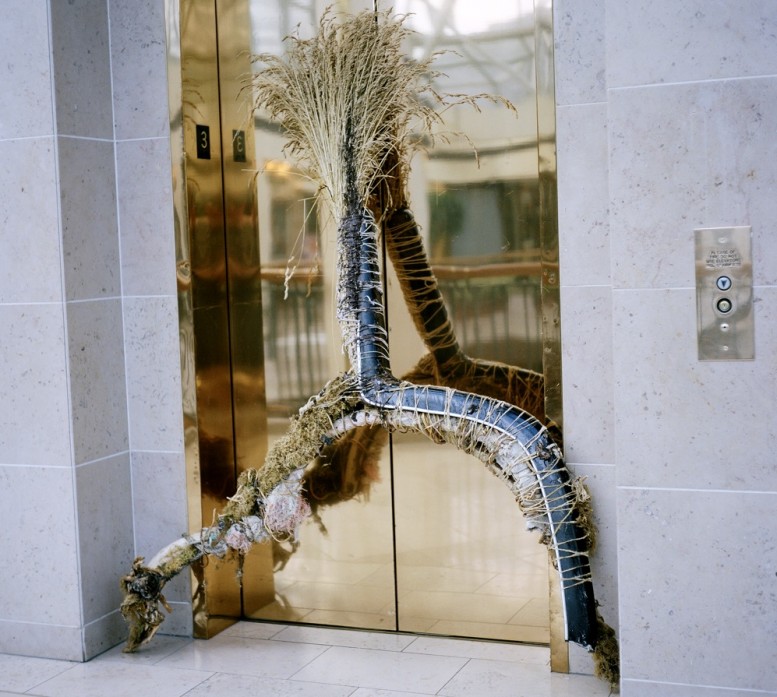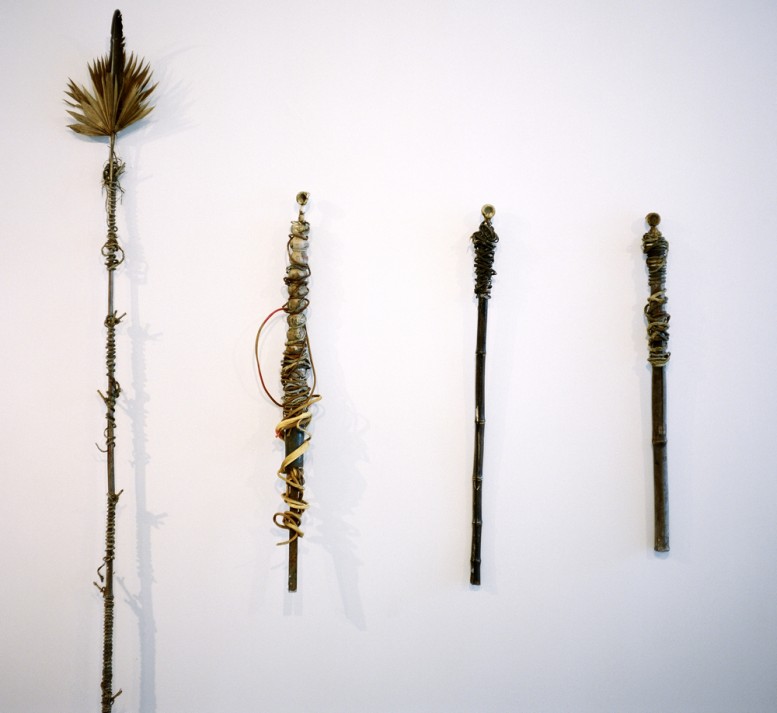PATRICIA PICCININI, Silicon, fiberglass, human hair, clothing
Haunch of Venison Gallery presents New York: Boundaries Obscured which is on view now. Artists featured in Boundaries Obscured respond to the growing trend of globalization and the blurring of cultural and geographical boundaries as use of technology becomes more prevalent. Major cities and rural enclaves are no longer distinct entities that operate in opposite contexts. Thus the featured artists depict both urban and rural scenes, addressing universal issues such as war, violence, politics, sex and eroticism, drugs, class, science and technology, waste and excess. These works highlight the overwhelming difficulties and/or advantages of being an individual in a relentlessly encroaching mass of information and external pressure. The exhibiting artists represent the world’s global and diversified (yet interdependent) climate. The artists range in age from 32 to 76 years old and hail from a range of countries including Iraq, India, Sierra Leone, Germany and the United States. “By exhibiting a group of artists at different stages in their careers, who come from radically different backgrounds, we intend to create a dynamic dialogue between the artists,” said Steinberger. The exhibition will include a painting by renowned American artist Peter Saul, whose recent solo exhibition at Haunch of Venison received critical acclaim. Saul is celebrated for his politically charged paintings that comment ironically on current events and public figures. Another highlight of the exhibition is German sculptor Günther Uecker’s ‘Aschemensch (Ash Man)’, a seminal painting from the artist’s only figurative series. Uecker created the work in 1986 as a reaction to the Chernobyl catastrophe. The work features an ambiguous human figure engulfed in sporadic black drips of paint, alluding to the radioactive materials that invaded Chernobyl. New York: Boundaries Obscured is on view until November 3 at Haunch of Venison in New York – 550 West 21st Street.

